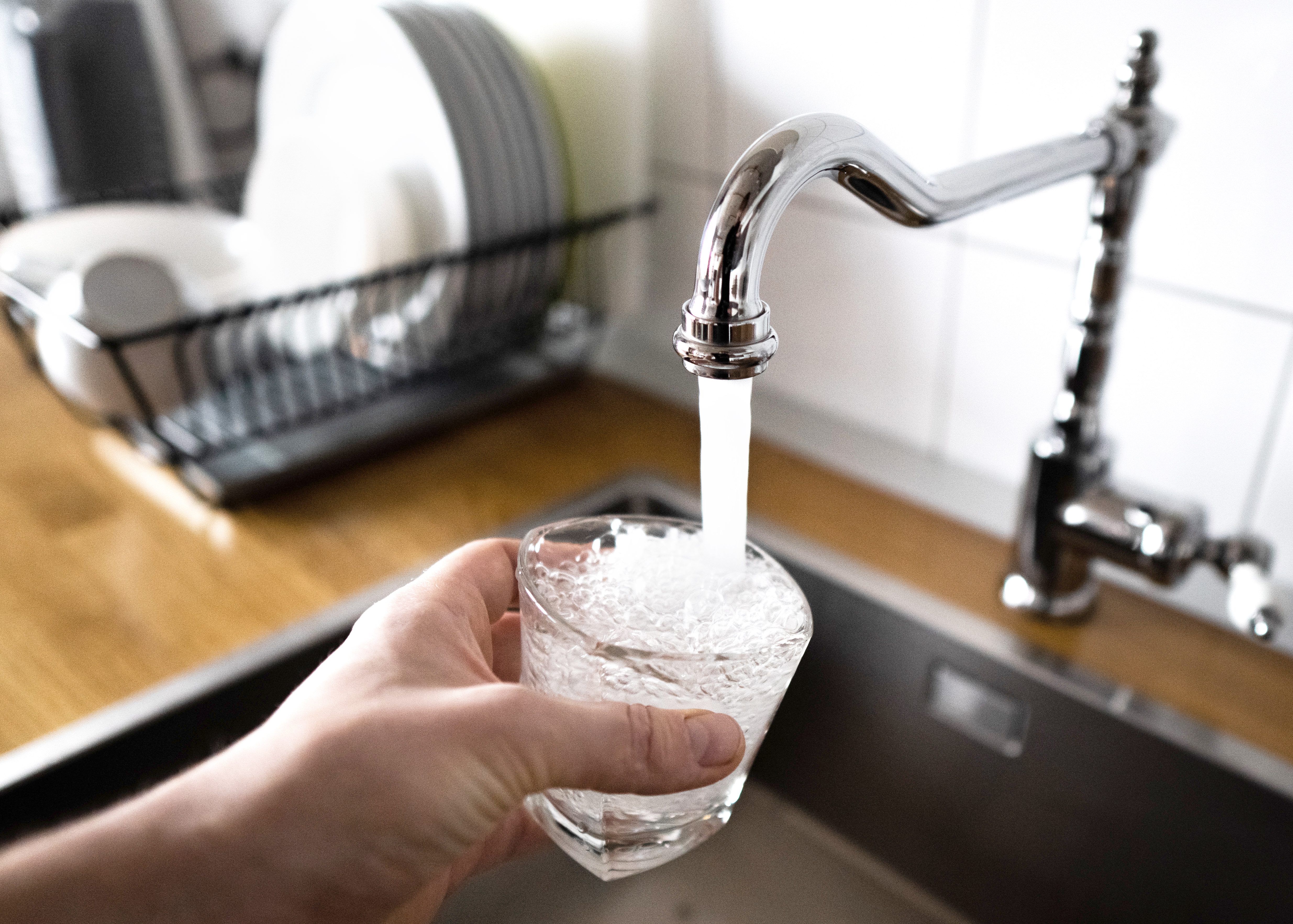
Learn how much plumbers cost in Columbus, Ohio. Discover pricing for faucet repairs, pipe work, and emergency services, plus how you can save money.
Thaw a valve and get a smooth flow back


A big freeze can damage your pipes, including the water valves. However, with a little knowledge of how to fix a frozen sink shut-off valve, you can get the water flowing again. Keep reading for simple steps to fight the cold and get your sink back in working order.
Gather your tools and warm up your patience. Be sure to treat valves and pipes carefully, as plumbing can easily damage if you muscle your way through. If you can’t resolve the issue, contact a plumbing repair pro who can take a closer look.
I wanted to fix a leaky kitchen faucet, but the shut-off valves were frozen and corroded. While this wasn't an emergency, I wanted it fixed before it became one. My pro assessed the problem and quickly installed three new quarter-turn shut-off valves in about 30 minutes.

Locate the main water valve and turn it off before tackling a frozen sink shut-off valve. Don’t skip this step, as pipes can burst or leak while you’re trying to work, which can turn a fairly simple fix into a bigger problem.
Once the water is off, gently try to turn the sink shut-off valve in both directions. Start by twisting it a little clockwise and then counterclockwise. If you have difficulty getting a good grip, use a cloth or gloves to help.
Repeat this process, and the valve may loosen and become easier to turn. If that’s the case, keep working the valve until it can freely open and close. However, don't force it if it doesn’t get easier to move.

Sometimes loosening the packing nut (located below the valve’s knob or handle) can loosen the valve. It’s worth trying to loosen this nut when dealing with a frozen valve, even though this is more likely to work if it’s stuck due to mineral deposits.
A frozen valve may need to be thawed. Heat can also help if extra gunk or minerals are locking up the valve. Use a hair dryer to blow hot air directly on the valve for five to ten minutes. Then, gently twist the valve clockwise and counterclockwise to check it.
You might need to wear gloves if the valve has gotten hot. You can apply the hair dryer several times and check the valve for movement every 10 minutes.

If a hair dryer doesn’t get things moving, try pouring boiling water over the valve. However, only use boiling water on metal or ceramic pipes, as plastic pipes can get damaged.
First, place a bucket underneath the valve to catch the dripping water. You can also dip a cloth into the hot water and hold the cloth to the valve to reduce the risk of making a mess.
After applying heat and using your hand to test the valve, you might need to gently tap the valve with a hammer. Simultaneously, try turning the valve to see if it’s thawed and loosened. To prevent future freezes, keep an eye on the temperatures at which pipes freeze and use precautions to keep water flowing and pipes warm.

Penetrating oil can loosen and lubricate the valve as it seeps between seams. If the main problem is a frozen valve, you might not need penetrating oil, but it’s worth trying if the previous steps haven’t worked.
Apply the penetrating oil and let it sit on the valve for 30 to 60 minutes or the time recommended by the manufacturer. Give the valve a tap with the hammer to check for movement. You can also apply the hair dryer again at this point.
If the valve closes and opens, you can turn on the main water valve and try turning on the water to the sink. Have a towel ready in case there’s a leak. Once you get the valve moving, consider how to keep pipes from freezing in the future.
The above steps are doable even if you’re new to DIYing. However, if you’ve done the above and the valve still won’t budge, it’s time to call a local plumbing repair service. You can easily damage the plumbing if you get too heavy-handed while fixing a sink shut-off valve. So give it your best shot, but call a pro if you can’t loosen the valve despite your best efforts.
From average costs to expert advice, get all the answers you need to get your job done.

Learn how much plumbers cost in Columbus, Ohio. Discover pricing for faucet repairs, pipe work, and emergency services, plus how you can save money.

Learn about main water line repair costs in Columbus and what affects pricing to be prepared before you start getting estimates.

Discover the leading factors affecting your main water line replacement cost in Columbus, including length, material selection, and installation details.

Cutting pipes can be easy, but this job requires some safety measures. Learn how to cut metal pipes quickly and safely for any plumbing project.

Is installing a pot filler over the stove worth the cost? We have everything you need to know, including pros, cons, costs, and answers to your common questions.

Fixing a leaky faucet starts with knowing which type of faucet you have. Follow these steps to learn how to fix a leaky faucet in no time.